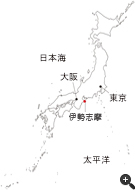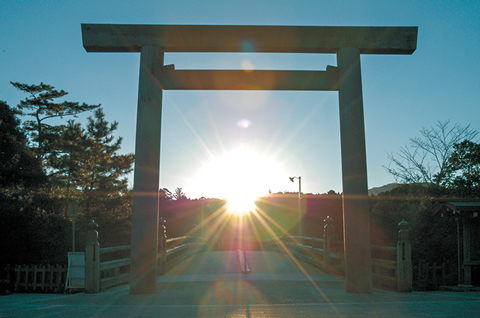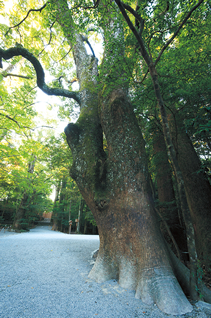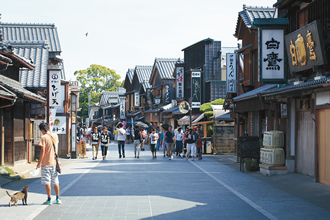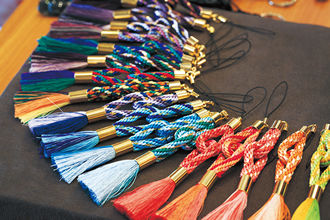niponica is a web magazine that introduces modern Japan to people all over the world.
2015 No.17
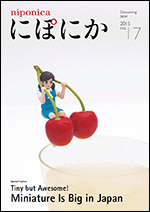
To read the e-book you need to have JavaScript enabled in your browser and a free Flash Player plug-in from Adobe Systems Inc. installed.
 Strolling Japan
Strolling Japan
Photos: Miyamura Masanori, Aflo, and Akafuku Co., Ltd. Maps: Oguro Kenji
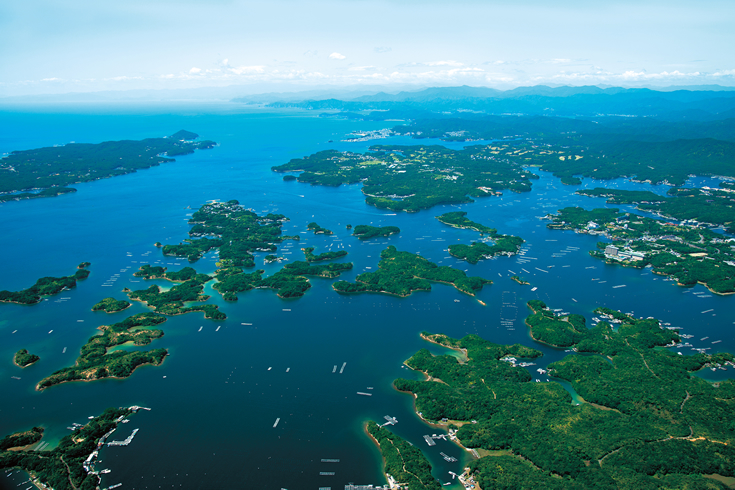
The Ise-Shima region is rich in traditions fostered since the dawn of history against a backdrop of large and small islands in a beautiful blue sea.
One of the biggest magnets for tourists in Japan is the Ise-Shima region in eastern Mie Prefecture. Ise-Shima faces the Pacific Ocean, and its scenery features a sawtooth coastline marked by headlands, inlets, and many islands, some large, some small. One of these islands is Kashiko-jima, the site chosen for the G7 Summit meeting in 2016. The region is also home to Ise Jingu Shrine, which honors Amaterasu Omikami, Japan’s most revered Shinto deity.
The shrine complex consists of the Inner Shrine (Naiku) dedicated to the goddess Amaterasu Omikami, who is likened to the sun, and the Outer Shrine (Geku) dedicated to Toyouke Omikami, the goddess of agriculture and industry, who is believed to preside over the three essentials of human life: clothing, food and housing. In the old days, the common folk had faith and a strong desire to make a pilgrimage to Ise Jingu Shrine at least once in their lifetime, and even today it is as popular as ever.
For centuries, the custom has always been to first visit the Outer Shrine, then go to the Inner Shrine, located about six kilometers away. Uji-bashi Bridge stands at the entrance to the Inner Shrine, at the boundary between the ordinary world and the sacred realm. A forest of trees, some estimated at 500 to 1,000 years old, is inside the grounds, and the atmosphere throughout is soothing and austere.
Every 20 years, Shogu, the main sanctuary, and other buildings are reconstructed nearby. All sacred treasures, deity costumes, furnishings and other venerated objects dedicated to the shrine are also remade. Then each goddess is moved to the newly constructed shrine. These Shikinen Sengu rituals have been performed over the last 1,300 years. Renewal every two decades ensures that the best traditional craftsmanship is passed on to younger generations.
The scene after crossing Uji-bashi Bridge and strolling around the Oharai-machi district, which is laid out for about 800 meters along the Isuzu River. In the middle of the district are Oharai-machi and Okage-yokocho, which have an old-town atmosphere and attract many tourists.




